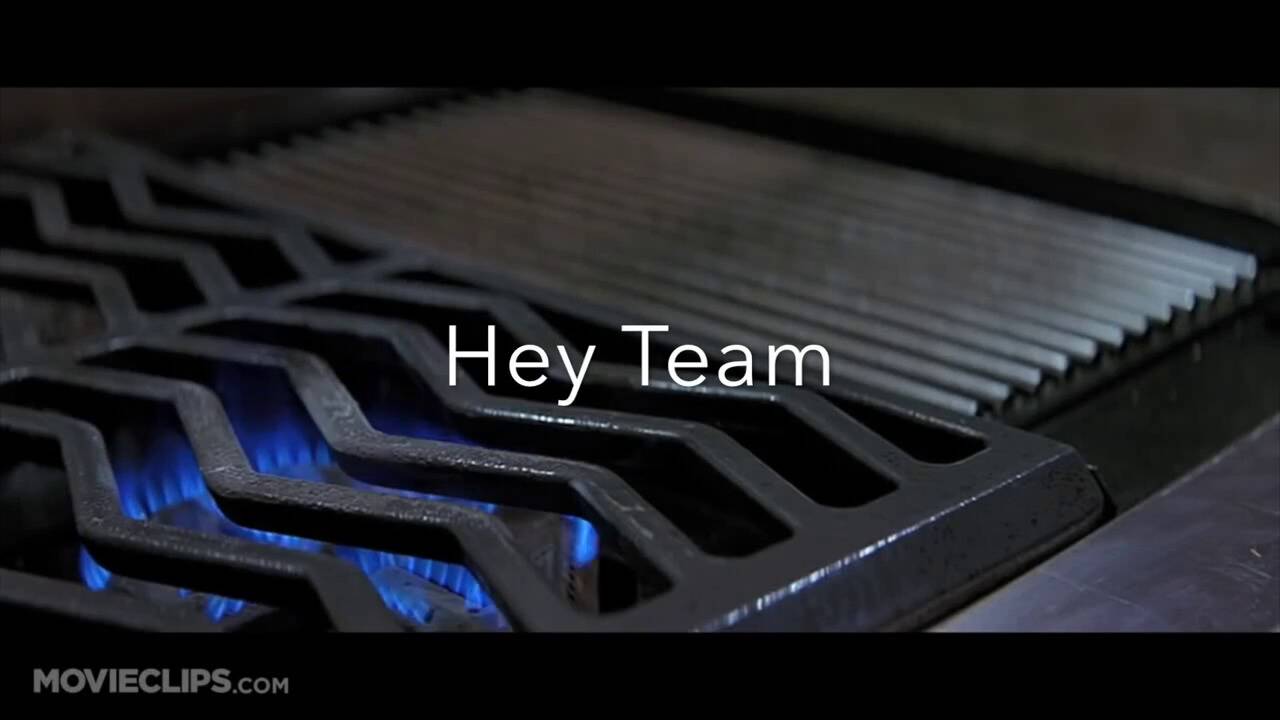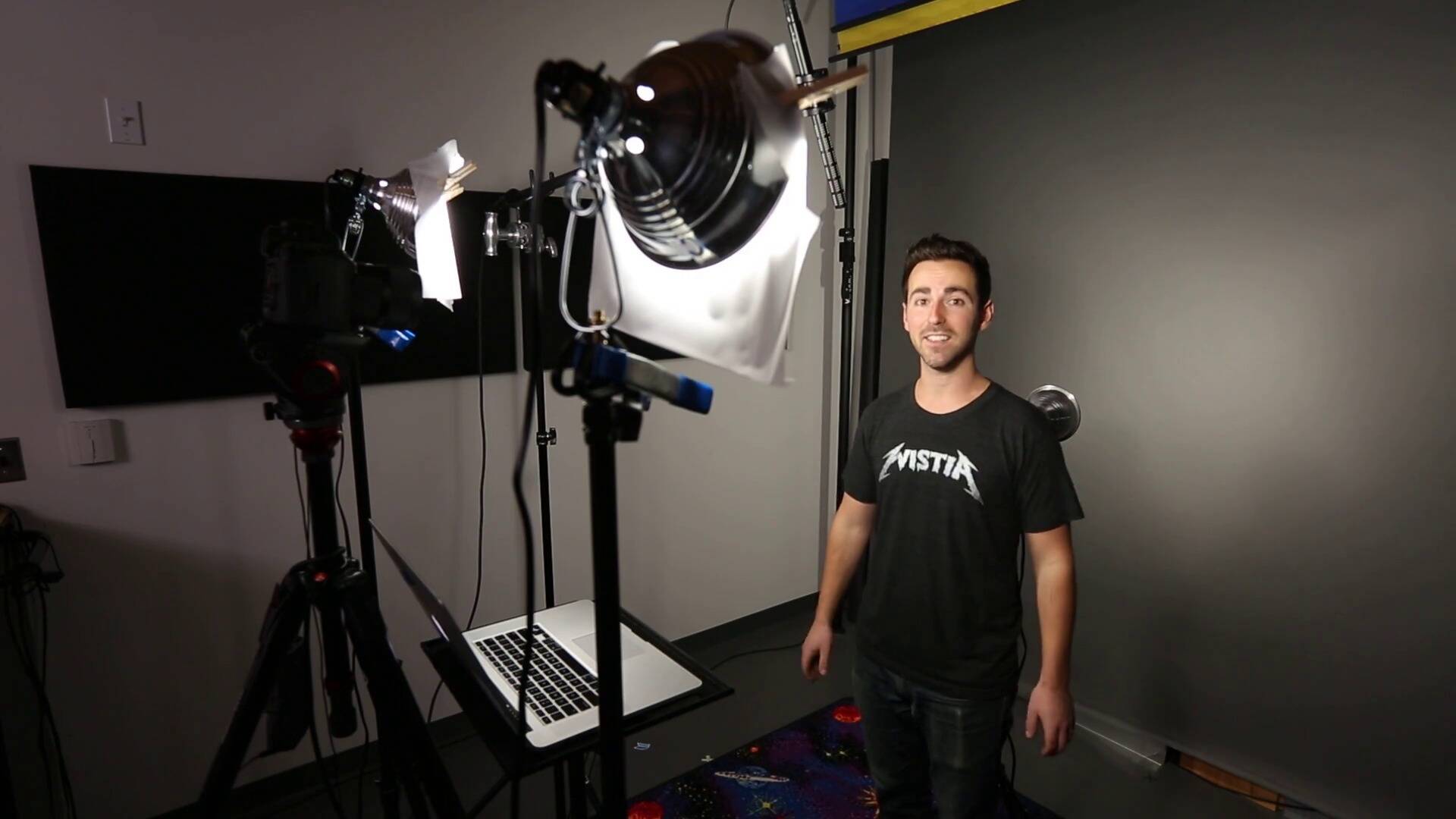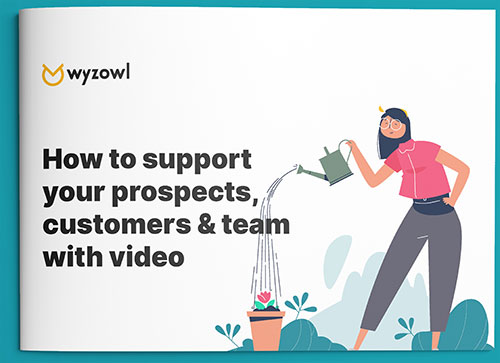Employee engagement is, to quote Ron Burgundy, ‘kind of a big deal.’
Having employees at their workstation is one thing – but ensuring they’re engaged with your overall mission can make a profound difference to your overall business performance.
Don’t just take my word for it. Gallup research suggests that companies with highly engaged workforces outperform their peers by a whopping 147%. And yet, according to the exact same research, a staggering 87% of WORLDWIDE employees are NOT engaged.
Employee engagement is crucial for many reasons:
- it facilitates clear and cohesive application of brand values across customer touchpoints
- it motivates employees to ‘travel the extra mile’ and deliver exceptional service
- it’s proven to increase productivity, reduce sick days, increase customer satisfaction and improve profitability. (Read all about it…)
Of course, fostering engagement among your team requires a multi-faceted approach. But, today, I want to talk specifically about how you can use video to cut through the clutter and boost employee engagement within your business.
1. Company updates
There’s a proven link between employee engagement and effective communication – nothing undermines engagement faster than secrecy and second-guessing. A 2015 Harris Poll found that over 70% of employees felt more engaged in companies where company goals, objectives, and individual/company performance were clearly communicated.
This isn’t surprising. Your employees can’t care about company goals if they don’t know what they are.
They won’t care about company performance if they aren’t regularly updated on how the business is performing.
They need to feel ownership and a sense of inclusion if they are to fully contribute to the business’ success – and they need to get a feel for how their daily activity contributes to that success.
There are many ways to provide company updates. But, as you grow, and you need to reach more people, you may find video to be a highly scalable and effective choice. One company that definitely does this, is HelpScout – who replaced their weekly ‘all-hands’ meeting with a video update, as explained in this awesome blog post.
“Our videos keep the team informed about birthdays, feature releases and other company-wide news,” writes Leah Knobler, of HelpScout’s People Ops team – who you can see in the below video which demonstrates the fun, creative approach tehy use.
“Switching away from meetings to video saves precious time,” she continues. “Videos are asynchronous conversations, so people can watch them whenever it works best.
If you’re worried about how much it might cost to create basic video updates – you shouldn’t be. Wistia’s Down and Dirty Lighting Kit is an awesome resource that explains how they built a great professional lighting setup with gear costing less than $100 from Home Depot.
The Down and Dirty DIY Lighting Kit – Wistia Blog
2. Training videos
Invariably, engaged employees are ones who know and understand their job roles well – while being nurtured and encouraged to improve. Indeed, 31% of respondents to Workforce 2020’s employee engagement survey said that ‘training and education opportunities’ would increase their loyalty and engagement within their company.
Video is an incredible training tool for a number of reasons.
Firstly, it blends a variety of different learning styles into one package. Visual learners can feast their eyes. Auditory learners have the message reinforced by a voiceover. Those who learn best through reading and writing can read subtitles, or have key points highlighted using text on screen. And kinaesthetic learners can enjoy the movement and transitions included in a great training video.
There’s also the fact that video content can be stored in a central repository, meaning employees can revisit their training at their own pace, as needed, rather than having to ask another team member for help. The ability to grab a quick refresher on a certain part of the role is invaluable.
“Unlike live demonstrations or traditional online modules, bitesize video content can be paused, allowing the learner to reflect on points, or to look up confusing concepts, and to work at a speed that suits them,” Richard Smith, of Refract.tv, recently wrote in Training Journal.
He rightly points out the expensive nature of traditional training, due to the cost of human time. If a trainee doesn’t quite grasp a concept, they would traditionally take up even more time as the trainer would need to re-explain the lesson.
However, when you start using video, you can reduce this development blocker by providing supplementary learning material and session recaps. It’s easy to see that video is a key tool to help you save time, and consolidate training with the least amount of disruption.
Professional animated video is a great direction to choose here. Take this video we created for example. Nikwax is an aftercare product for waterproof garments, which helps extend their lifespan and keeps them waterproof for longer. We created this video to be shown to retailers and help them understand when to introduce Nikwax during the sales process – and how best to sell it.
Creating this video through animation helped us achieve so much more than live action would have: we could recreate the store environment, use ‘cross-section’ diagrams to demonstrate the value of the product, and have the right characters for the scenario without hiring actors.
If anything needed to be changed throughout the process, there was no need to re-shoot – we could edit the whole thing using animation software.
Check out our complete guide to using video to train your team here.
3. Video onboarding
I hinted at it above, but onboarding is about much more than basic training. The first week or so of a new hire’s employment are fundamentally important – and skills/competency training are only one part, albeit an important one.
There are plenty of different types of video you could create to onboard your new hires:
- “Welcome to the team.” Whether it’s from the company CEO, the new hire’s line manager or even one of their new co-workers. This is a great, personalised and very inclusive way to create a warm welcome and communicate some important messages about the company culture.
- “Knowledge handoff.” Most companies carry out exit interviews and handovers to ensure a smooth transition and good business continuity. What if you could create a video series in which the new hire’s predecessor is able to lay out everything they know about the role?
- “Key company policies.” We’re all familiar with the usual way in which policies are communicated – in black and white, on lettered paper, or hidden away on the company network somewhere. Doing this via video is a great way to communicate these important policies in simple terms, in an engaging format – which, again, can be repeated.
- “Skills training.” We touched on this in point 2, so no need to revisit here!
- “Little things matter.” That’s all the major bits taken care of, but what about the small stuff – how to use the photocopier? Where important documents are stored? How do you place a stationary order? This is a nice time-saving way to empower your new hires to answer their own questions, feeling relaxed and integrated quicker.
Video content can really help all these little bits fall into place. Your new hires will feel more welcome, more quickly; understand the company culture allowing faster integration and minimal culture clash; and get up to speed quickly with day-to-day life in your business.
4. Product/process videos
Video is an amazing resource for product training – and there are dozens of different styles you can choose from. Product knowledge can, of course, be a key driver of employee engagement. If your team understands how great your product is, they’re more likely to appreciate its value and feel a sense of pride around it.
It’s particularly useful for salespeople to understand the finer details of how a product works and what its key selling points are. Just check out this example from the guys at Lowe Alpine to see how simple (yet effective) these videos can be. This kind of product training can really impart a sense of passion about a product, which builds connection, empathy and loyalty.
Employees who have a nuanced product knowledge are much more likely to feel ‘ownership’ of it; this sense of belief in the product can prove to be a key driver of engagement.
Closing thoughts
Employee engagement is critically important to the success of any business. A feeling of engagement, ownership and loyalty has been proven in countless studies to improve performance and deliver all kinds of healthy results for businesses who take time to foster it.
Ask yourself the following questions:
- do your employees believe in your organisation?
- do they know what your wider mission as a business is, and how their role slots into this?
- do they fully understand the product or service you offer, and its full potential?
- are they respectful of, helpful and welcoming to their colleagues?
- are they willing to go the extra mile?
- are you keeping them up to date with developments in the field?
- are resources available for them to enhance and refresh their knowledge and skills?
If the answer to any of these questions is ‘no’ – then video might be a quick and efficient way to change that to a ‘yes!’










